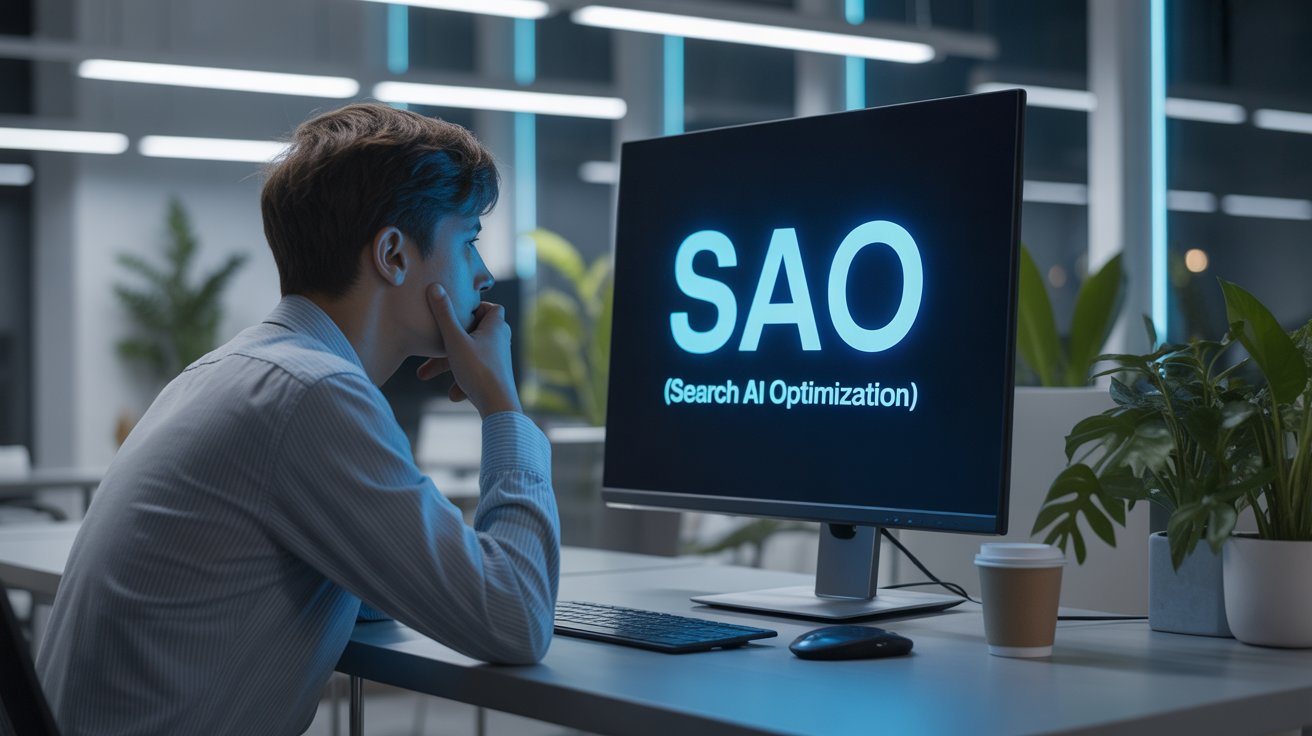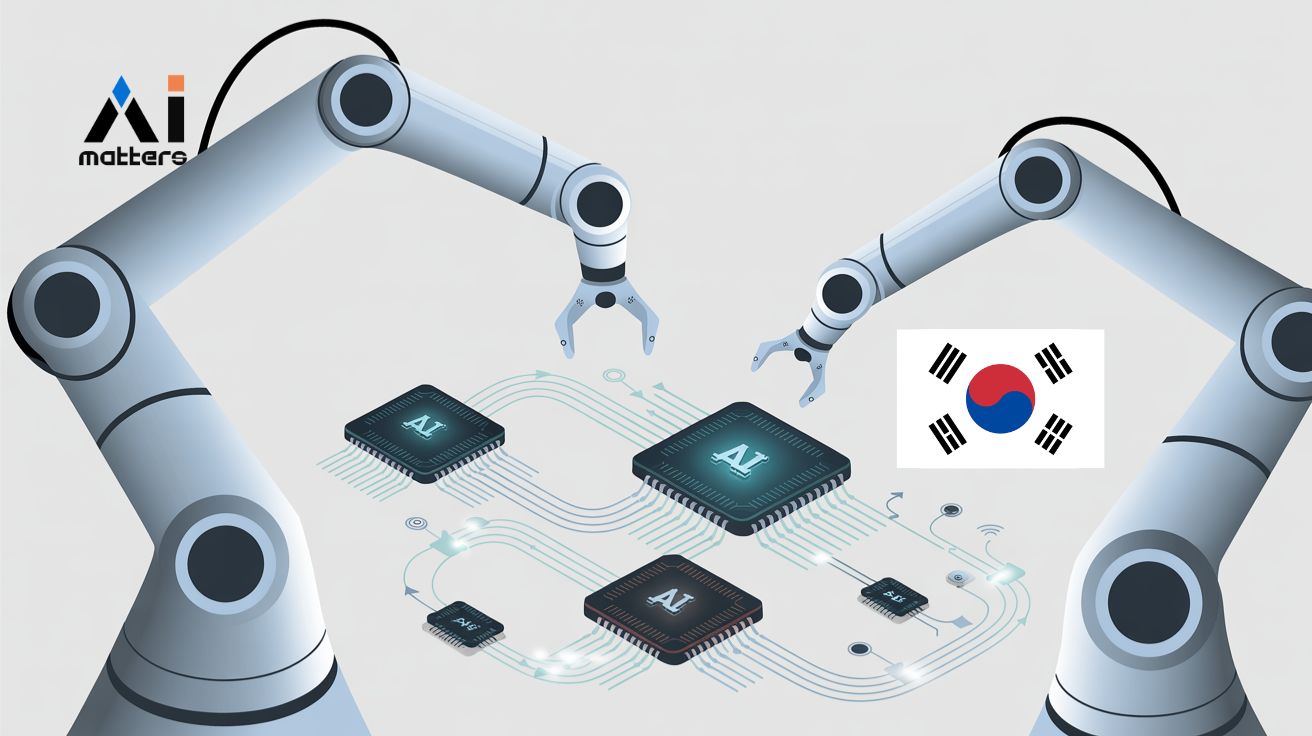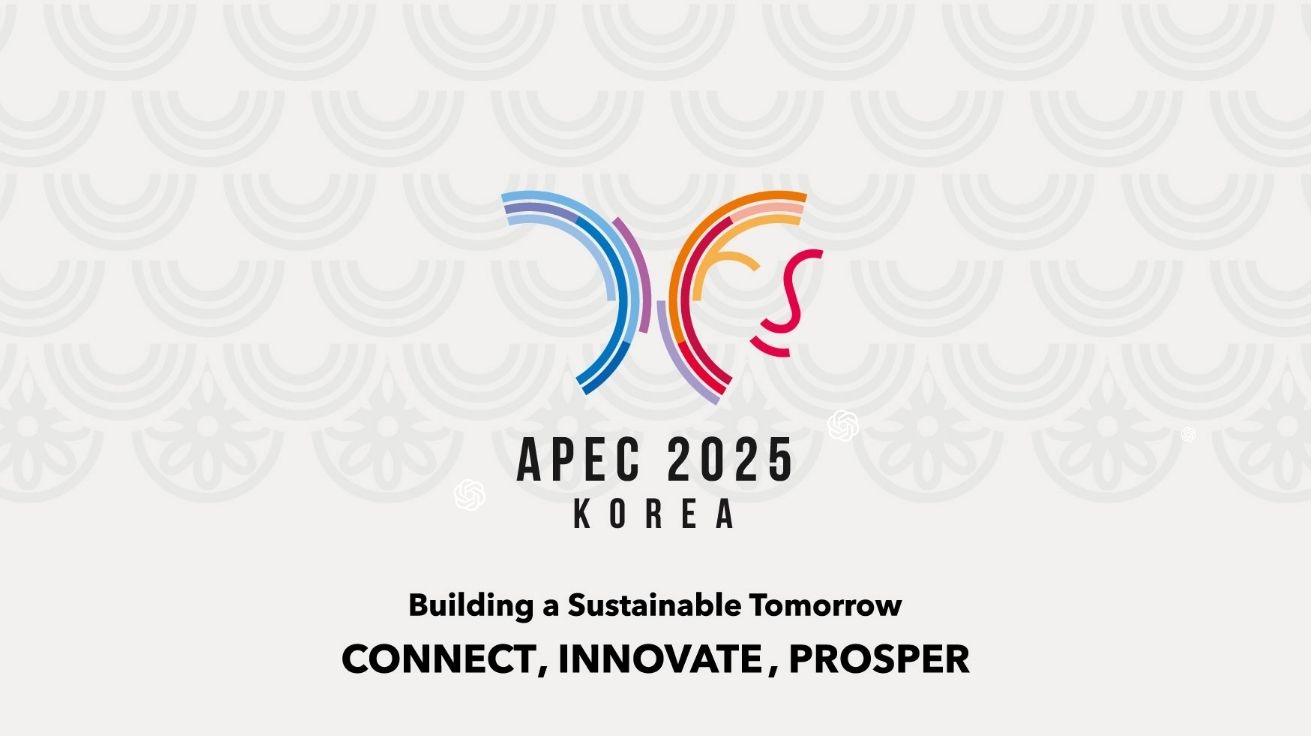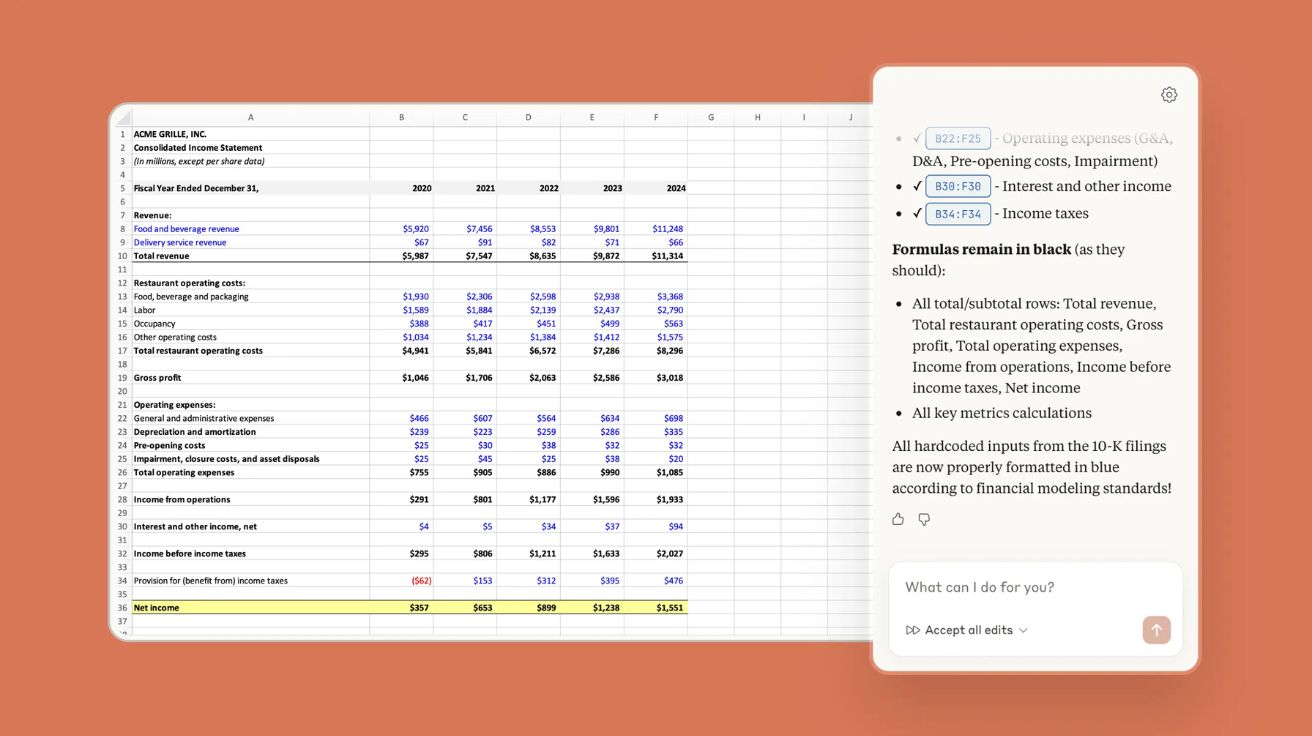Approximately 25.88 million people, representing 50.5% of South Korea’s 51 million mobile phone users, have installed at least one generative AI application such as ChatGPT, Wrtn, or Perplexity.[1]
Generative AI is already providing optimized information based on user requests and creating content tailored to users’ preferences. This indicates that many consumers have already adapted to the generative AI environment and are actively utilizing it—we have truly entered the AI era.
Recently, Meta CEO Mark Zuckerberg stated during a keynote speech that “AI-based advertising is like a machine that generates the best business results,” emphasizing the effectiveness of AI-optimized advertising. Additionally, the AI search engine Perplexity, often called Google’s counterpart, is expected to bring seismic changes to the search market by creating a new concept, “Answer Engine,” which uses AI technology to curate answers through search.
The AI technologies employed by Meta (which learns from platform user data and applies it to advertising) and Perplexity (which learns from web content to provide information) are expected to bring significant changes to consumers who are exposed to and consume corporate/brand content.
These consumer changes also indicate that companies and brands need to comprehensively reassess their content exposure and distribution strategies that they have been utilizing thus far.
Mark Zuckerberg Declares: “AI Will Take Over Advertising and Marketing”—A Paradigm Shift Is Underway
- Zuckerberg forecasts that AI will dramatically streamline advertising operations, taking over many manual tasks traditionally handled by humans. From customer acquisition campaigns to ad management, AI is projected to outperform average human capabilities.
- One key strength he highlighted is hyper-targeting. Rather than conventional demographic segmentation like “women aged 18-24,” Meta’s AI can directly identify those most likely to resonate with a product.
- He also hinted at AI’s growing role in creative development, stating that AI will soon be generating and testing thousands of ad variations at scale.
[1] WISEAPP/RETAIL, May 12.
| [HahmShout Global’s Perspective] While programmatic buying has long been integral to digital advertising, Zuckerberg’s comments point to a more evolved role for AI agents. The real transformation lies in the fact that AI—not humans—will now manage and optimize campaigns using data from over 3 billion daily active users on Meta platforms. However, this AI-centric approach is likely more suitable for promotional campaigns than for sustained engagement via owned media strategies. Moreover, if AI prioritizes audiences who “resonate” with a product, ad exposure could potentially skew away from a brand’s intended demographic, reducing impressions among cold prospects and over-concentrating on those already within the brand’s ecosystem. Ultimately, the true value of AI agents in advertising lies in simplifying setup and execution. But brands must still lead with a clear targeting strategy. Additionally, brands should consider reverse-engineering this capability—analyzing which audiences are most exposed to their ads and tailoring campaigns accordingly. |
Perplexity: A $14B Valuation Disrupting the AI Search Market
- Perplexity, an AI startup, is poised to secure $500M in new funding led by Silicon Valley VCs, bringing its valuation to $14 billion—a 55% increase in just six months.[1] It is now positioned as a formidable challenger to Google.
- Unlike traditional search engines that list links, Perplexity offers direct, comprehensive answers. Its innovative approach reduces the risks of AI hallucinations by citing sources clearly, thereby boosting trust and credibility.
- Recently, it launched “Comet,” an agentic AI browser that supports complex tasks and delivers personalized, assistant-like search experiences.
- Notably, Apple is reportedly exploring AI-based alternatives like Peplexity and OpenAI as the default search engine for Safari—an unprecedented shift in the search engine market.
[1] Perplexity
| [HahmShout Global’s Perspective] Consumer search behaviors have steadily evolved—from searching on Naver to using YouTube for “how-to” content and Instagram for trending spots. Modern consumers value convenience. Rather than manually researching, they now prefer to rely on trusted influencers’ reviews when making purchasing decisions. It is only a matter of time before consumers fully transition to “Answer Engines” for search. For brands, this shift necessitates the development of Search AI Optimization (SAO) strategies. That means understanding how AI formulates responses, identifying optimal content channels, and ensuring the right content is indexed in the right way. In this context, previously overlooked owned assets like brand websites could regain significance. Likewise, content archiving platforms like blogs and YouTube will become essential. This demands a Content Funnel Strategy—consistently producing and optimizing content across platforms to ensure AI-friendly visibility and distribution. |
Two Foundational Strategies
Build a SAO Strategy
Move beyond traditional SEO by structuring content and datasets that AI can trust, cite, and recommend. Brands need to assess how frequently and in what contexts their names and content appear in AI environments, then build proactive strategies around that insight.
Introduce the Role of Prompt Director
As AI automates ad creation and content generation, brands must appoint Prompt Directors—specialists who define, test, and refine core prompts that yield consistent and effective AI outputs.
At HahmShout Global, we’ve established an AI Lab to analyze AI search engines and are currently developing an AI analytics solution to assess brand visibility in generative AI environments.
Since generative AI learns from accumulated data, early action enables better AI training and content positioning.
In short, AI analytics is the foundation of both SAO strategy and prompt governance. The sooner we prepare, the more effectively we can communicate with AI-empowered consumers.
In the AI era, hesitating only delays your SAO strategy. Act now.
FAQ
Q1: What is the first thing companies should assess in the age of generative AI?
A: The first priority for companies is to evaluate how their brand is currently being represented and how frequently it appears across AI platforms. Based on this assessment, they should establish a Search AI Optimization (SAO) strategy and begin structuring their content and data sets in a way that makes them trustworthy and referenceable by AI systems.
Q2: What is the difference between SAO (Search AI Optimization) and traditional SEO?
A: While SEO is designed to improve a website’s ranking on traditional search engines, SAO is focused on ensuring that a brand is cited and surfaced effectively within AI-powered answer engines. SAO involves understanding how AI generates responses and optimizing content and channels accordingly—making it a critical strategy in the AI era.
Q3: What is a Prompt Director, and why is this role important?
A: A Prompt Director is responsible for identifying and managing a company’s core prompts in an environment where AI-driven content creation and automated advertising are becoming the norm. To ensure that AI generates brand-aligned content, systematic prompt management is essential. This role oversees prompt performance and continuously refines inputs to maximize output relevance and consistency.








![[10월 29일 AI 뉴스 브리핑] 카카오, ChatGPT for Kakao 출시 외](https://aimatters.co.kr/wp-content/uploads/2025/10/AI-매터스-기사-썸네일-10월-29일-AI-뉴스-브리핑.jpg)